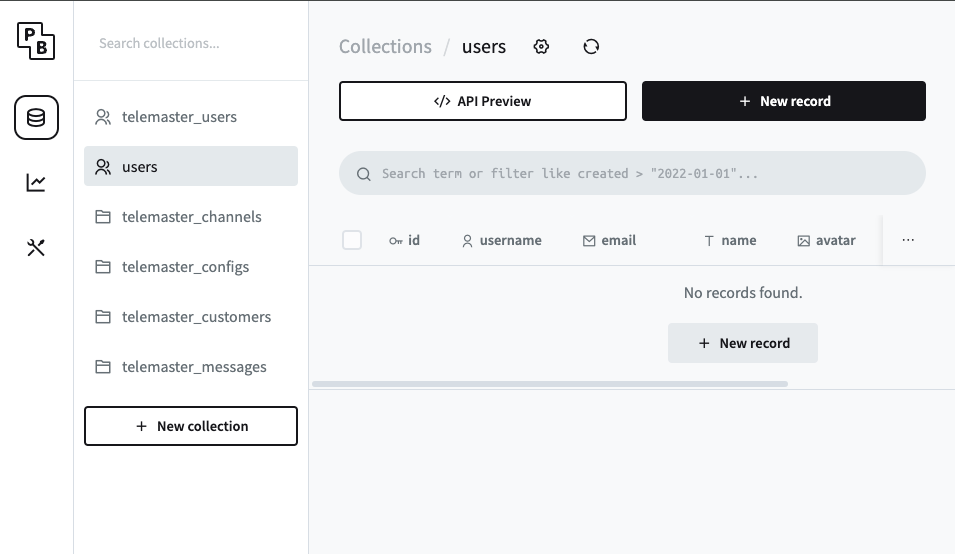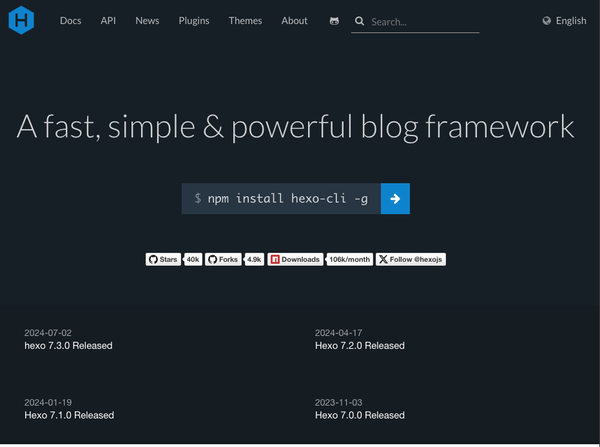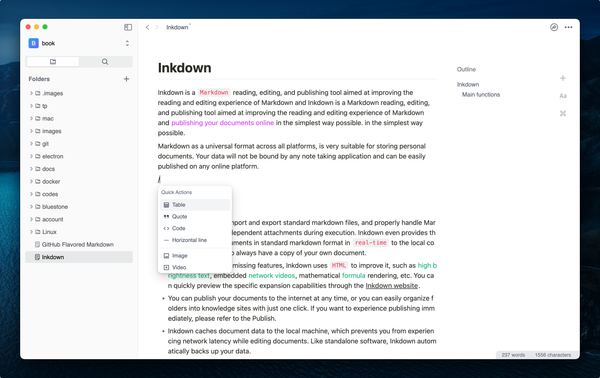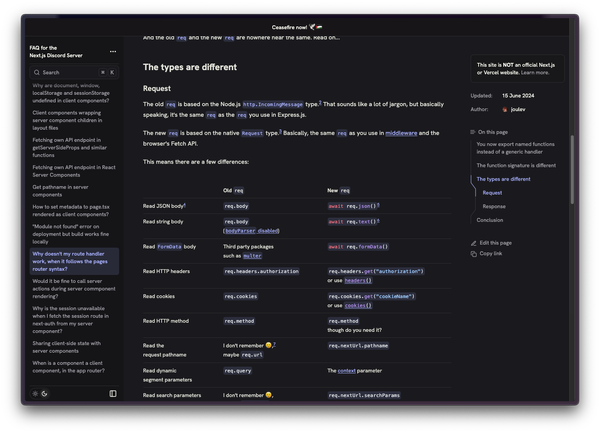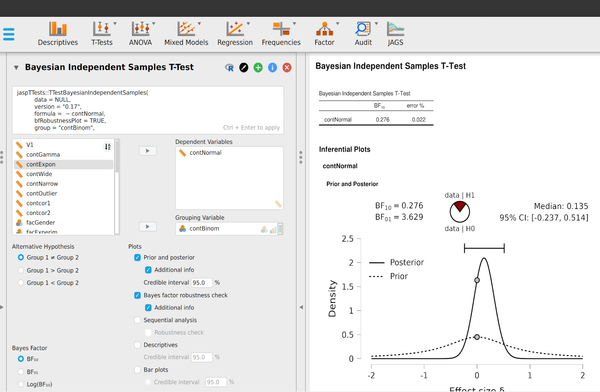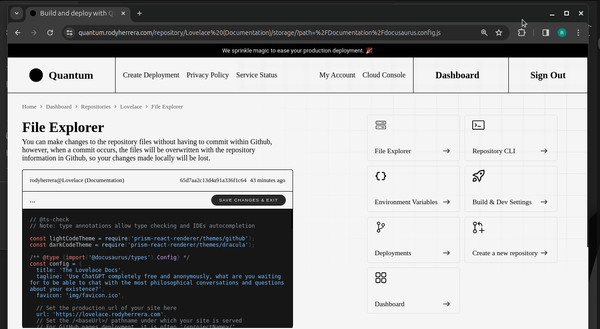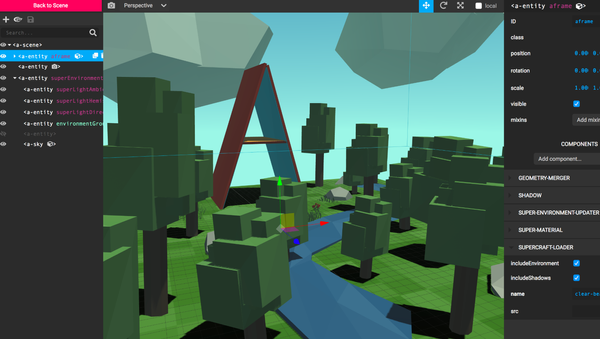Static Site Generators and Admin Panels: My Journey, The Wins, The Fails, and the Greedy Clients
Title: Static Site Generators and Admin Panels: My Journey, The Wins, The Fails, and the Greedy Clients
Table of Content
Static site generators are cool. They’re sleek, lightweight, and fast — like that perfectly tuned Arabian horse you’ve always dreamed of. But when you’re a developer like me, working with clients who crave an admin panel to manage content, things start to get a little... tricky. After all, clients want control, and you want to keep things streamlined.
So, after years of smooth rides (and a few bumpy detours), I settled on three backend options to pair with static generators: WordPress, Ghost, and Pocketbase. Each one has its pros and pitfalls, and I’m here to share my experiences — good, bad, and "what the heck were they thinking?!"
1. WordPress: The Double-Edged Sword of Flexibility
Why I Used It:
WordPress is a familiar face. Clients know it, love it, and trust it. I thought: "Why not use it as a backend for static sites?" It’s a breeze to set up and offers tons of plugins.
What Happened:
My clients were thrilled at first. They saw the admin dashboard and felt like they owned the world. But three of them got a little too greedy.
"Let’s add this flashy theme! And this SEO plugin! And this gallery! Why isn’t it showing up on the static site?"
Explaining that static site generators don’t dynamically render plugins felt like shouting into the void. In the end, I gave up and just converted their sites back to full-on WordPress. And what happened next?
You guessed it:
- Speed complaints: "Why is the site slow?"
- Security issues: "Why did we get hacked?"
Static bliss turned into dynamic despair.
2. Ghost: A Smooth Ride with a Few Hiccups
Why I Used It:
Ghost is like the minimalist’s dream. Clean interface, easy setup, and it plays nicely with static generators via webhooks. Every time a post is updated, the site rebuilds. Nice, right?
What I Loved:
Setting up Ghost was butter smooth. The webhook integration made publishing feel seamless. Ghost kept things simple, which kept clients from getting too adventurous.
What I Didn’t:
Oh, the images...
Hosting Ghost locally (because I didn’t want to deal with server setups) meant images were a hassle. I had to write custom scripts to manage image uploads. It worked, but it wasn’t elegant.
But hey, Ghost kept my clients happy, and that’s what matters, right?
3. Pocketbase: The Underdog I Still Love
Why I Used It:
Pocketbase is a lightweight backend that pairs well with static sites. It’s fast, self-hosted, and has a built-in admin panel. Plus, I like using it for my own projects.
What I Liked:
- Easy to host
- Fast API responses
- A nice, compact solution for managing content
What Went Wrong:
The data editor was... meh. Writing markdown content felt clunky, and clients struggled with it. Plus, rendering remote data wasn’t as smooth as I hoped.
But for personal projects where I call the shots? Pocketbase is still my jam.
My Verdict: Ghost for the Win
After all the trials and tribulations, my go-to recommendation for clients is Ghost.
- Simple setup: You won’t spend hours configuring it.
- Client-friendly: The minimalist approach keeps clients from going wild with plugins.
- Webhooks: Seamlessly update your static site when new content is added.
Sure, images can be a bit of a pain, but compared to the chaos of WordPress or the quirks of Pocketbase, Ghost is the sweet spot.
However, Ghost has its own kind of Nightmare, check the following article.

Final Thoughts: Keep It Static, Keep It Sane
Switching to static generators was one of the best decisions I made as a developer. Fast sites, fewer headaches. But clients need control, and that’s where the right backend makes all the difference.
So if you’re like me — tired of bloated sites and greedy clients — give Ghost a shot. Keep it static, keep it simple, and maybe, just maybe, you’ll keep your sanity too.
What’s your go-to backend for static sites? Have any horror stories or victories to share? Drop them in the comments!

Looking for more Options?




